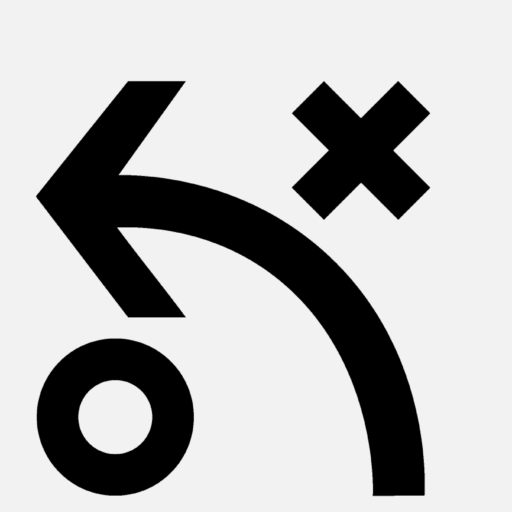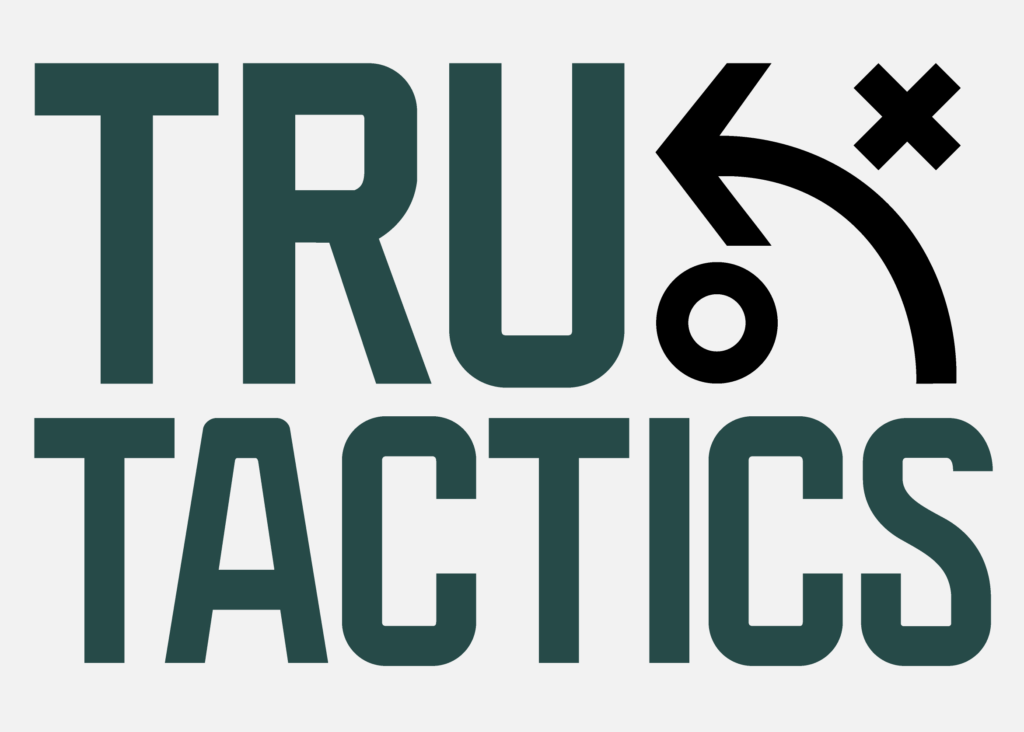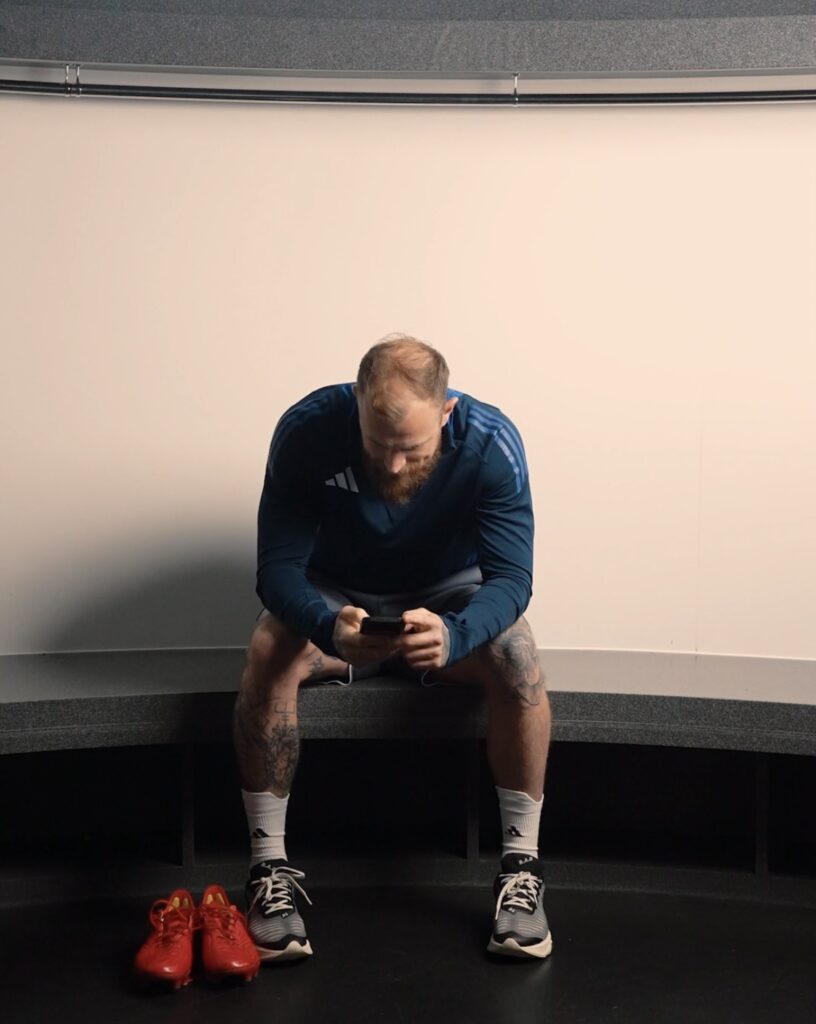The basics
To understand the concept of rest defence, we need to cover some of the basics in football tactics and terminology.
Football can be divided into two phases of play – in possession & out of possession. The team with the ball (in possession) will try and move the ball to their opponents goal, with the aim of scoring, this is known as – attacking phase of play. The team without the ball (out of possession) will be looking to stop the opponent getting close to their goal, therefore making it difficult to score, this is known as – defensive phase of play.
Of course, we can delve deeper into outlier situations in both these phases, but we will keep it simple for now.
As the game progress, both sides will switch between both attacking and defensive phases, depending on which team has the ball. At the point of a change in possession of the ball (also known as a turnover) the teams begin their switch between the phases, known as being “in transition”. A team going from an attacking phase to defensive phase is called a defensive transition. The opposite of this is a team going from defensive phase to attacking phase, this is an attacking transition.
What is Rest Defence?
Rest defence is the English translation of the German term “restverteidigung.” When thinking of the word “rest,” English speakers often associate it with relaxation. However, in Germany, it is used as a noun to refer to what is left over – the remainder. In this context, when a team is in possession and committing players forward in their attacking phase, what are the rest of the players doing? In other words, the players which are left over? These players in “Rest Defence” will deploy into a structure that maximises their chance of regaining possession, if their attacking players lose the ball and the opponent begins their attacking transition.
A team that executes an effective “Rest Defence” will have these players close to and/or in their opponents’ half, naturally keeping them locked into their own half of the field by quickly engaging the ball possessor with overloads and/or intercepting passes made forward. Their focus will be to protect the field’s central zone and half-space areas, as forcing an opponent wide protects their goal by pushing them further away, with the goal centred on the end of the field.
What does Rest Defence look like?
It can take many forms, such as man marking and zonal, similar to set-piece defending. But one key element to a successful rest defence is to ensure you have an overload, in other words, more players in a certain zone than the opposition.

A team using Rest Defence will alter its shape and numbers depending on how many players an opponent leaves forward. In the picture above, Man Utd has left 3 players forward, so Liverpool has reacted to create a 4-3 overload (two lines of two).

Another way Rest Defence is deployed is during attacking set pieces, such as corners. RB Leipzig is a side with a strong foundation in counter-pressing (Gegenpress in German) due to their tactical DNA being created by Ralf Rangnick. His style of play still exists to this day throughout all clubs that are part of the Red Bull football group.
Let’s take a look below at how they execute Rest Defence at corners.


The Leipzig approach is to have their defensive line as high up the field as possible, especially as Koln has all their players in their box defending. This allows both players highlighted to sit on the “D” in anticipation of the ball being cleared out of the box, by the opponent. The idea is that they will regain the possession and deliver the ball back into the box, therefore keeping Koln locked into their defensive third. Keeping your opponent locked into this area and unable to break forward, leads to frustration by their players, meaning opportunities arise to score goals through errors made in these moments.
I hope you enjoyed this concept and will now be able to spot this approach in the games you are watching. I love to see it, and I believe it has massive benefits for a team’s tactical strategy, especially teams that counter-press.




